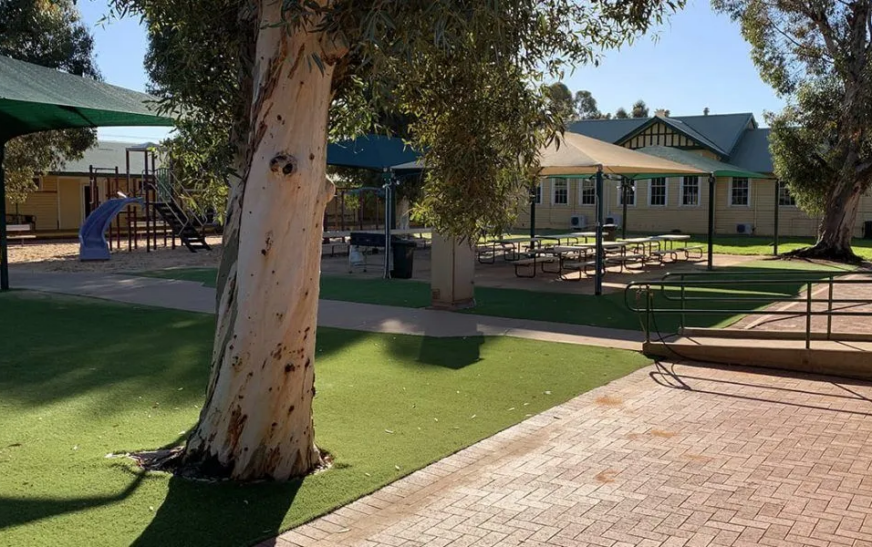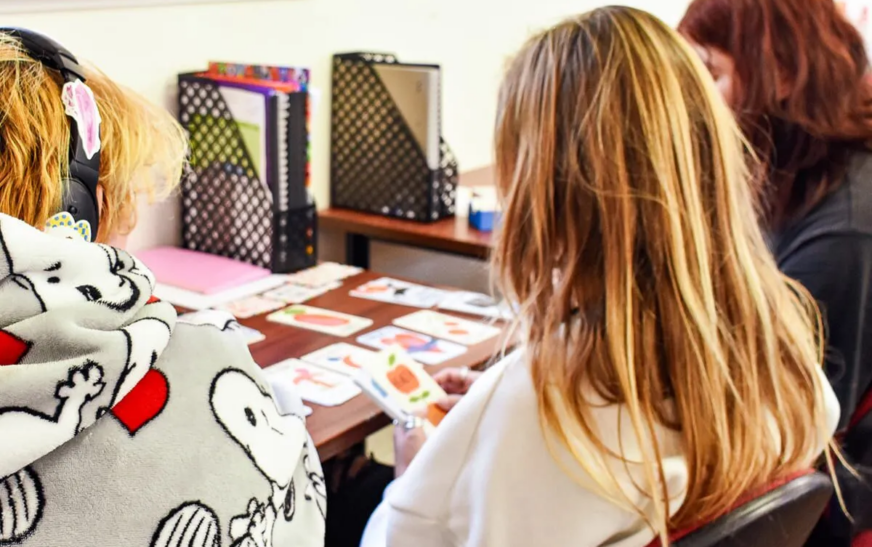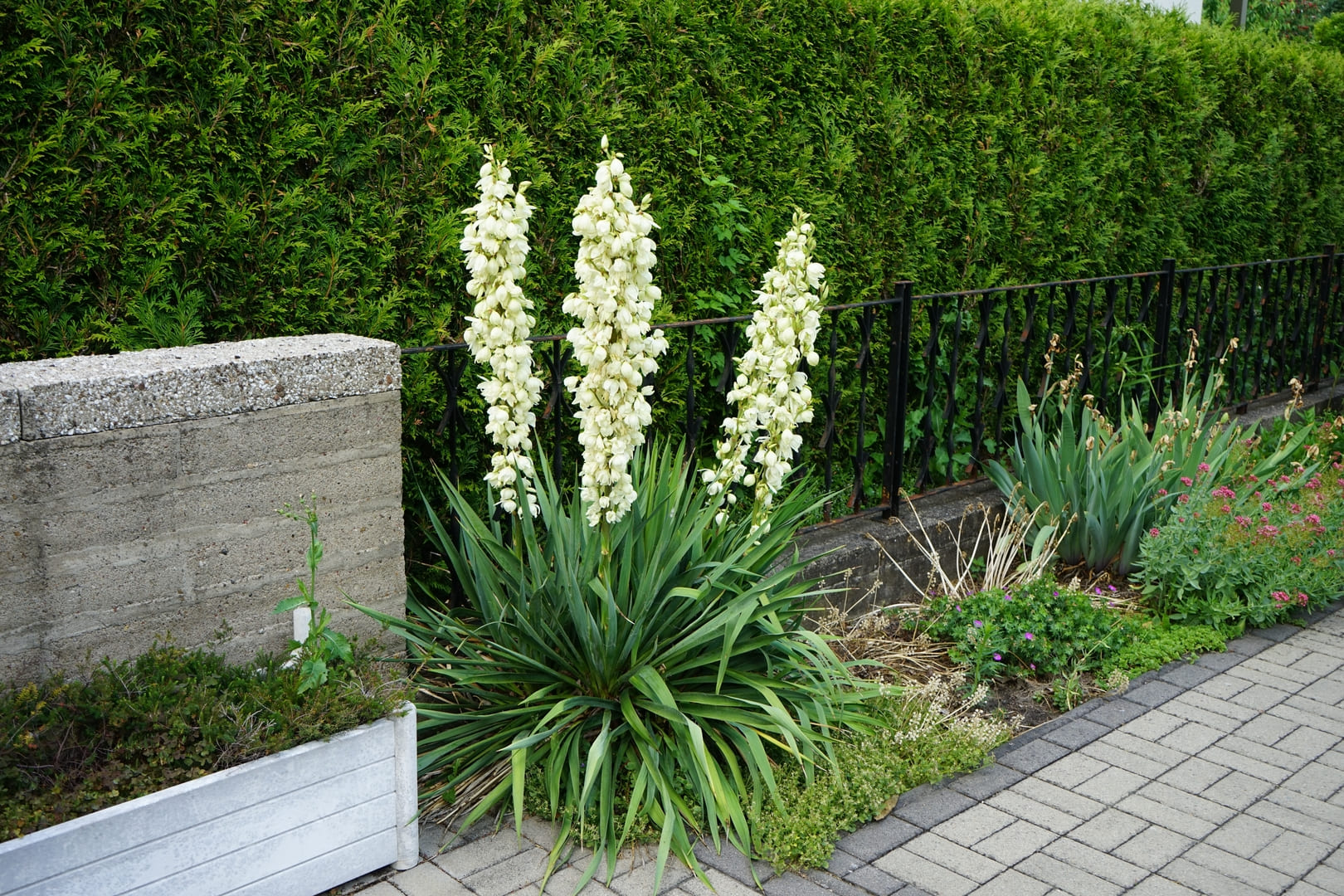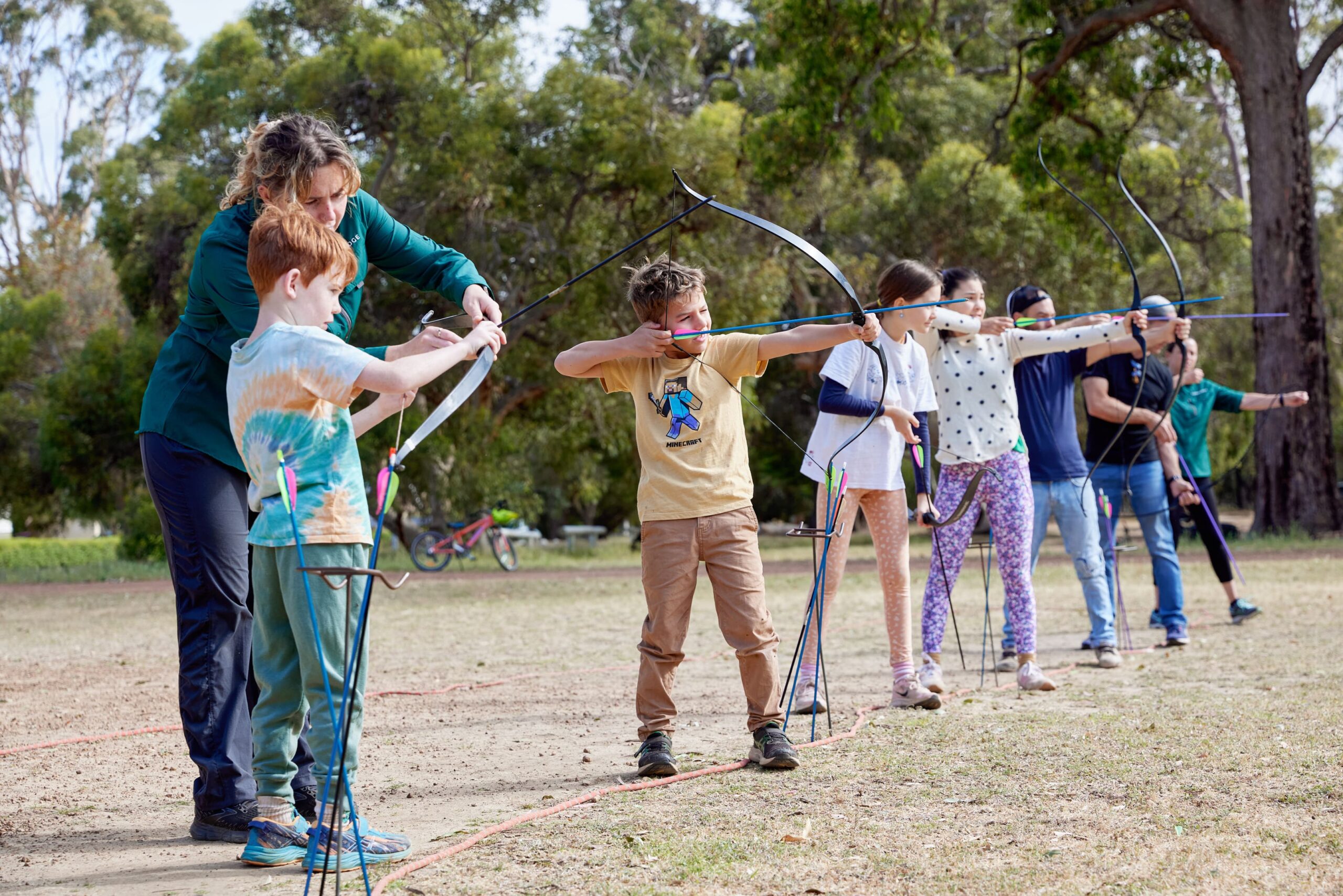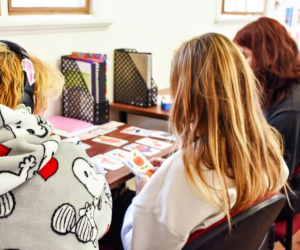Community camps are more than just a getaway — they’re a space where people from all walks of life come together, build connections, and gain new skills. Whether you’re looking to strengthen a workplace team, bring together a community group, or create meaningful moments for young people, community camps are designed to bring people closer in an engaging, natural setting.
A Simple Concept with a Big Impact
At their core, community camps are organised group experiences held in natural or semi-natural environments. They offer structured and unstructured activities designed to foster social inclusion, teamwork, learning, and personal development.
Unlike school camps or corporate retreats that may have a specific academic or business focus, community camps are all about people. They’re inclusive by nature, catering to a wide mix of participants — from youth at risk and multicultural groups to disability networks and neighbourhood associations.
It’s not just about getting away for a few days. It’s about building bridges between individuals and groups who might not normally cross paths, or who need extra support to find their footing in a rapidly changing world.
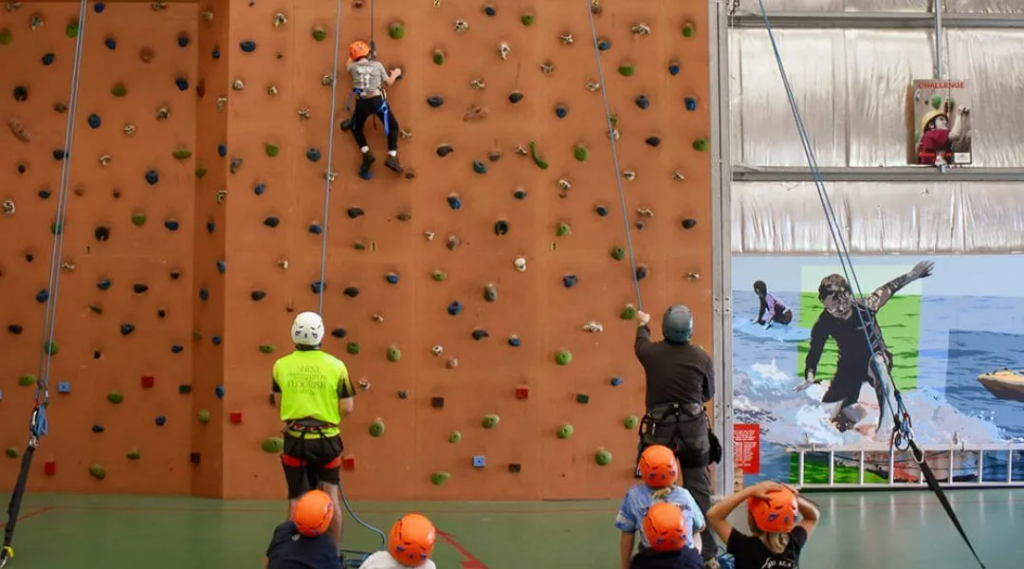
What Happens at a Community Camp?
Each camp is unique, shaped by the needs and goals of the group attending. However, some common features include:
- Team-building activities like ropes courses, group challenges, and problem-solving games
- Outdoor adventures such as bushwalking, canoeing, mountain biking, or archery
- Cultural sharing through art, music, storytelling or shared meals
- Workshops and sessions tailored around leadership, resilience, communication, and wellbeing
- Community living, where cooking, cleaning, and decision-making are shared responsibilities
These elements come together to build a sense of connection and belonging — a powerful outcome, especially for people who often feel left out of mainstream activities.
Who Benefits from Community Camps?
Community camps are designed to be inclusive and adaptable. They can be geared towards almost any group that benefits from shared experiences and a break from the daily grind. Here are a few examples of who they often serve:
Young People
Teenagers and young adults, especially those navigating difficult life circumstances, benefit immensely from community camps. It’s a break from home life, a chance to unplug from devices, and an opportunity to connect face-to-face in a safe, supported environment. Camps can help young people build self-confidence, develop coping strategies, and create lasting friendships.
Multicultural Groups
For people from migrant and refugee backgrounds, settling into a new country can be isolating. Community camps offer a warm, welcoming setting where cultures are celebrated and shared. It’s a place to swap stories, cook traditional meals, and build understanding between diverse communities.
People with Disabilities
Community camps offer inclusive facilities and activities tailored for people of all abilities. The focus is on what participants can do — not what they can’t. These experiences are often transformative, allowing people with disabilities to engage fully with peers and feel part of something bigger.
Community Organisations and Volunteers
Groups that do important work in local communities also use camps as a way to recharge, reconnect and strategise. These are the people on the front lines — volunteers, coordinators, carers — and a camp provides valuable time out, as well as opportunities for networking and skill-building.
Community Camps Build More Than Just Skills
The benefits of a community camp go beyond fun and games. These camps often spark deeper, long-term changes in the people who attend. Here’s how:
1. Breaking Down Barriers
People from different backgrounds don’t always get the chance to interact meaningfully. Community camps break down those invisible walls by putting people side-by-side, away from everyday pressures. Sharing a campfire, cooking a meal together, or completing a challenge builds trust faster than any classroom or meeting room ever could.
2. Encouraging Personal Growth
Stepping out of your comfort zone is where growth happens. Climbing a ropes course, speaking in front of a group, or just being in a new environment can shift perspectives. For many participants, the camp experience is a turning point.
3. Creating Safe Spaces
Camps provide a temporary escape from tough circumstances — whether that’s social isolation, family issues, mental health struggles, or daily stress. The change of scenery, combined with thoughtful programming, allows people to open up and feel seen and supported.
4. Developing Practical Skills
From learning how to cook in a group to solving challenges together, camps build life skills that stick. Young people in particular come away with better communication, leadership and decision-making abilities.
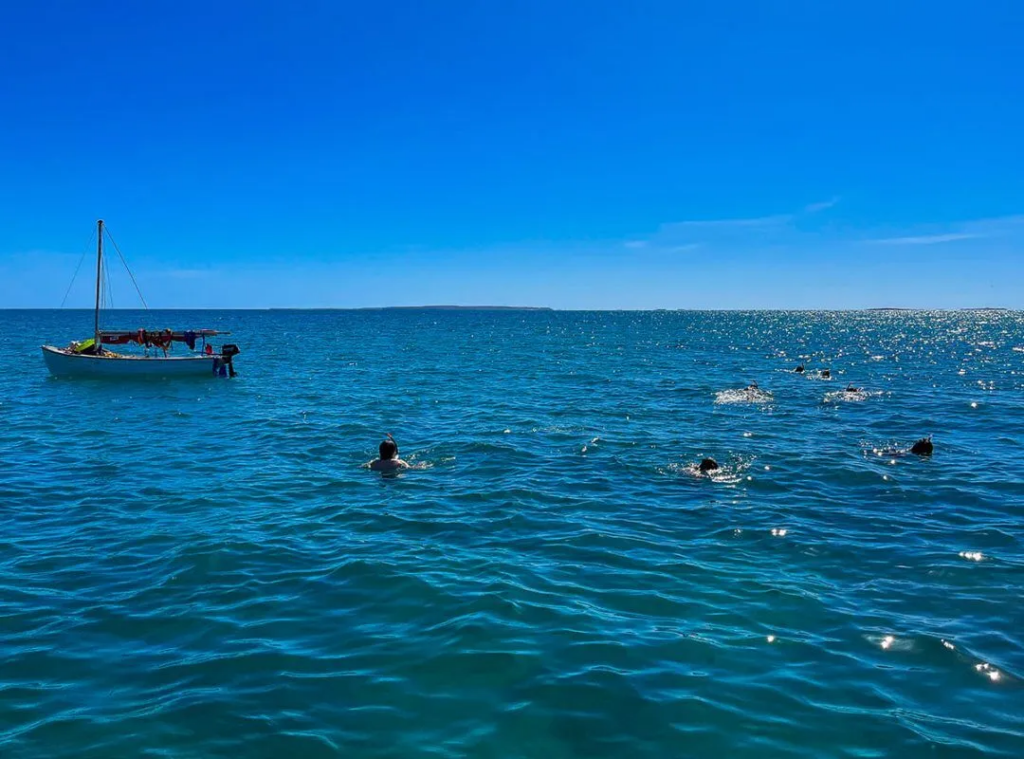
Why the Setting Matters
The natural setting of a community camp isn’t just a backdrop — it’s a key part of the experience. Being outdoors, surrounded by trees, away from traffic and screens, has a proven positive effect on mental health and wellbeing.
At places like Fairbridge Village, the historical charm and tranquil bush environment create a perfect atmosphere for connection. The space itself encourages slowing down, being present, and engaging deeply with others.
Final Thoughts
Community camps offer something truly unique: the chance to build meaningful human connection in a setting that supports growth, understanding and joy. From youth groups and multicultural networks to disability support services and local volunteers, these camps are helping everyday people feel more connected and capable.

